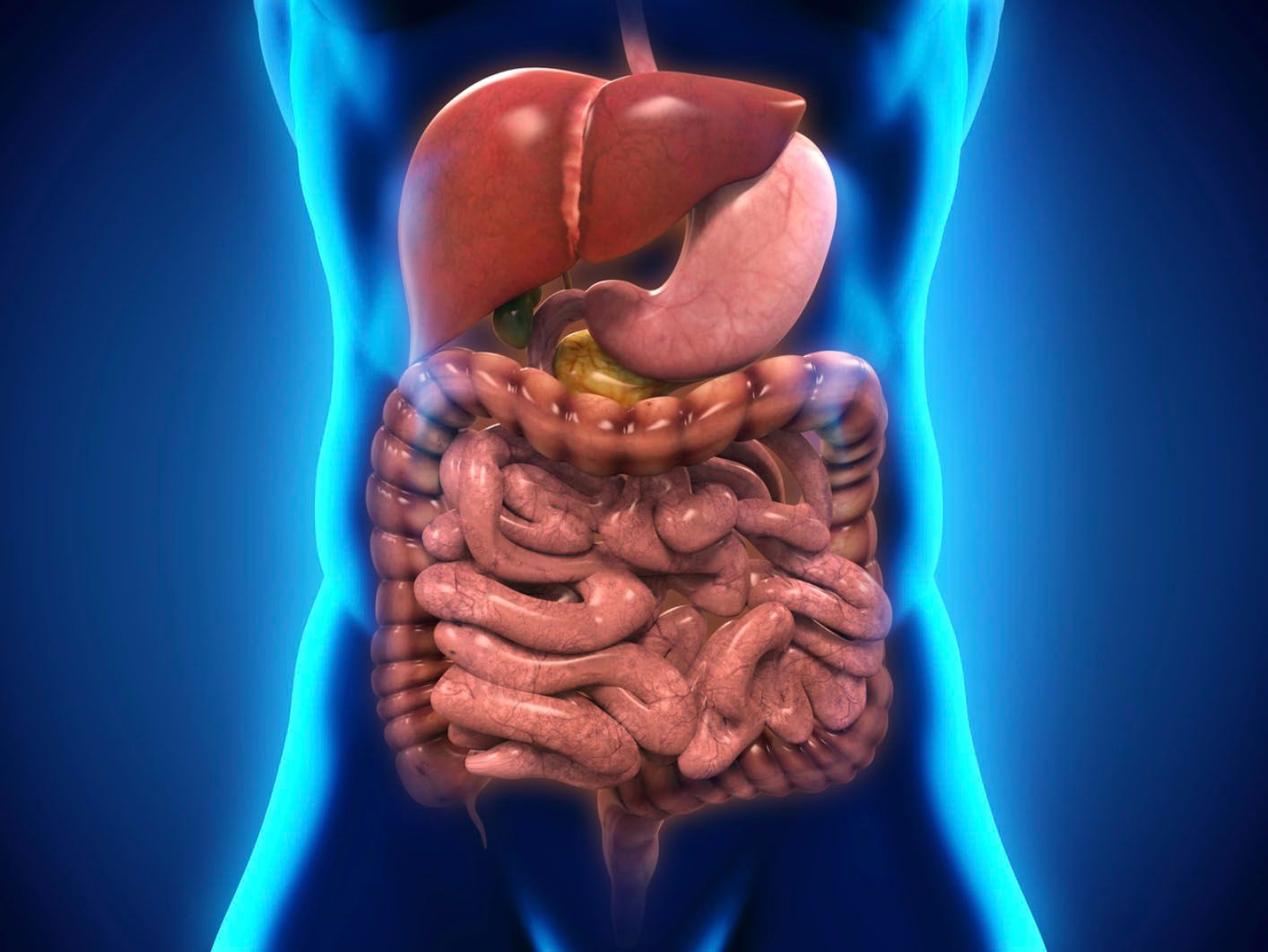Bevacizumab Added to CAPIRI Shown to be Safe and Effective in Metastatic CRC
When bevacizumab was added to capecitabine plus irinotecan, the combined regimen was shown to be a safe and effective second-line treatment option for patients with metastatic colorectal cancer, according to findings from a phase II trial published recently in the International Journal of Clinical Oncology.

When bevacizumab (Avastin) was added to capecitabine plus irinotecan (CAPIRI), the combined regimen was shown to be a safe and effective second-line treatment option for patients with metastatic colorectal cancer (mCRC), according to findings from a phase II trial published recently in theInternational Journal of Clinical Oncology.1
“To the best of our knowledge, this study is one of the first multicenter phase II clinical trials to evaluate the clinical efficacy and safety of biweekly CAPIRI plus 10 mg/kg bevacizumab as a second-line therapy in patients with mCRC,” wrote the authors, led byNobuaki Suzuki, MD, of the Yamaguchi University Graduate School of Medicine, in Ube, Japan. “This study demonstrated that administering capecitabineirinotecan plus bevacizumab every 2 weeks is feasible and tolerable as a second-line treatment option for patients with mCRC.”
The primary endpoints were progression-free survival (PFS) and safety. Secondary endpoints included overall survival (OS), time to treatment failure (TTF), overall response rate (ORR), and disease control rate (DCR).
Median (PFS) was 5.5 months (95% CI, 4.23-7.40), and median OS was 13.5 months (95% CI, 11.57-20.23). The ORR was 14.6% (95% CI, 6.5%-28.4%), and the DCR was 66.7% (95% CI, 51.5%-79.2%).
This trial, conducted at 13 centers in Japan, enrolled 52 patients, 51 of whom received treatment and were included in the intention-to-treat and safety analyses. The median patient age was 66 years (range, 41-82 years). A large majority of patients had an ECOG performance status of 0 (n = 42, 82.4%). Nearly two-thirds of the cohort had moderately differentiated adenocarcinoma (n = 33, 64.7%). Slightly more than half of the patients had multiple metastases (n = 29, 56.9%), while another quarter had metastasis confined to the liver (n = 13, 25.5%). Nearly two-thirds of patients had received prior bevacizumab (n = 31, 60.8%) and 16 patients (31.4%) had previously received cetuximab (Erbitux) or panitumumab (Vectibix).
The trial, known as JSWOG‑C3, used several inclusion criteria, including unresectable or recurrent CRC confirmed by histology, prior chemotherapy for this indication, ECOG performance status of 0 or 1, adequate organ function, and life expectancy ≥3 months. Exclusion criteria included brain metastasis, intestinal obstruction, jaundice, severe peritoneal ascites or pleural effusion, uncontrollable hypertension, or radiation therapy within a month of initiation.
The treatment regimen consisted of irinotecan infusion at 150 mg/m2on day 1 every 2 weeks; capecitabine infusion at 1000 mg/m2twice daily on days 2 through 8, followed by 1 week of rest; and bevacizumab infused at 10 mg/kg on day 1 every 2 weeks. Treatment continued until disease progression, severe adverse effects, or a treatment lapse of 28 days. “If chemotherapy was delayed, the administration of bevacizumab was also delayed,” Suzuki et al wrote. “If irinotecan or bevacizumab was discontinued, capecitabine and irinotecan or capecitabine and bevacizumab were to be continued unless unacceptable toxicity was observed.”
The authors were able to assess tumor response in 50 patients. The median follow-up was 13.5 months (range, 2.4-56.1), and the median number of treatment cycles was 8.0 (range, 1-42 cycles). One patient achieved a complete response, while 6 others experienced a partial response. The ORR was 14.6% (95% CI, 6.5%-28.4%). With 25 patients displaying stable disease, the DCR was 66.7% (95% CI, 51.5%-79.2%). The median TTF was 4.5 months (95% CI, 3.97-6.93).
Nearly all adverse events (AEs) were grade 3 or less. The only exception was a patient who developed grade 4 intestinal pneumonia. Around one-quarter of the population (27.5%) developed hypertension, the most common grade 3 AE. Two patients developed grade 3 handfoot syndrome. No treatment-related deaths occurred.
Upon first-line treatment subgroup analysis, the authors found that nearly all of the 7 patients who experienced target lesion growth of over 20% had taken bevacizumab as their first-line treatment. The one exception was a patient who had received an anti-EGFR antibody. For the sub-analysis of PFS according to first-line treatment, median PFS was 5.5 months (95% CI, 4.43-10.33) for the bevacizumab group and 6.8 months (95% CI, 3.97-37.33) for the cetuximab or panitumumab group. This finding led the authors to conclude that treatment with biweekly CAPIRI plus bevacizumab appears more effective in patients who do not receive bevacizumab as their initial treatment.
In their overall assessment of their trial, Suzuki et al noted that their median PFS of 5.5 months met the primary endpoint, but was slightly shorter than that of other reported trials that investigated biweekly CAPIRI plus bevacizumab as a second-line treatment.2As a multicenter trial involving community hospitals and a median patient age that corresponds with physicians’ clinical experience of CRC, “our PFS results may be more practically applicable than those from a single high-volume center,” they wrote.
Suzuki et al concluded that the triplet regimen may help patients with advanced CRC maintain an acceptable quality of life. “Japan is now becoming an aging society. We can, therefore, select this regimen comfortably and usefully not only for suitable patients, but for elderly and high-risk patients,” they wrote. “To avoid the grade 3 hypertension, we recommended bevacizumab 5 mg/kg.”
References:
- Suzuki N, Hazama S, Nagasaka T et al.Multicenter phase II study of biweekly CAPIRI plus bevacizumab as second‑line therapy in patients with metastatic colorectal cancer (JSWOG‑C3 study) [published online May 29, 2019]. Int J Clin Oncol.doi:10.1007/s10147-019-01473-3.
- Suenaga M, Mizunuma N, Matsusaka S, et al. A phase I/II study of biweekly capecitabine and irinotecan plus bevacizumab as second-line chemotherapy in patients with metastatic colorectal cancer.Drug Des Devel Ther. 2015;9:1653-1662. doi: 10.2147/DDDT.S80449.